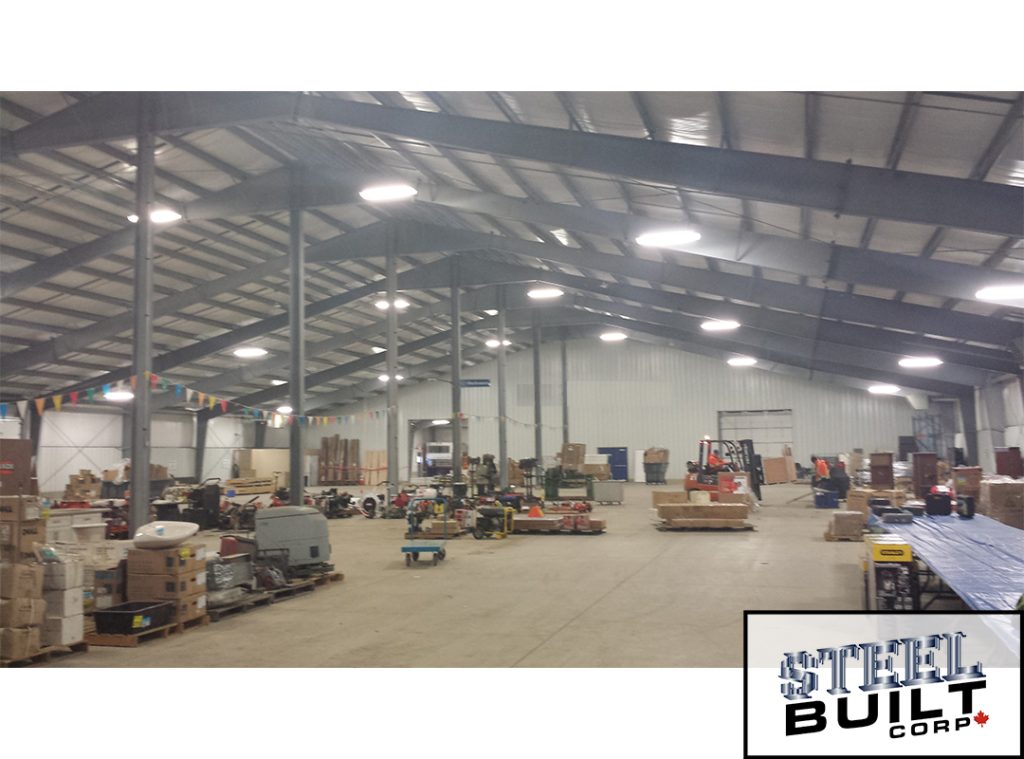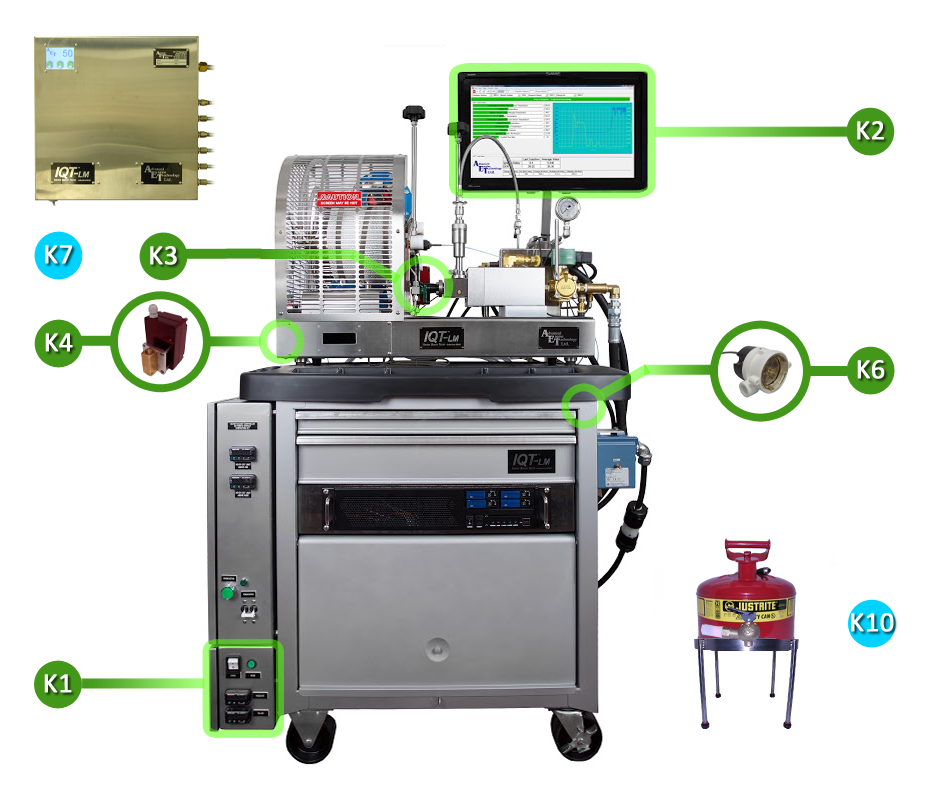Introduction:
Agricultural buildings are fundamental components of farming operations, serving a variety of essential functions that contribute to the success and efficiency of agricultural enterprises. From providing shelter for livestock to storing crops and equipment, these structures are vital assets on farms of all sizes and types. In this article, we’ll explore the significance of agricultural buildings and the diverse roles they play in supporting modern farming practices.
Shelter for Livestock:
One of the primary functions of agricultural buildings is to provide shelter and housing for livestock. Barns, shelters, and loafing sheds offer protection from the elements, ensuring the health, safety, and welfare of animals. These structures provide a comfortable environment where livestock can rest, feed, and seek refuge from extreme weather conditions, ultimately leading to healthier and more productive animals.
Storage for Crops and Equipment:
Agricultural buildings serve as storage facilities for crops, feed, and equipment, helping farmers manage their resources efficiently. Grain silos, hay barns, and storage sheds provide secure and weather-resistant storage space for harvested crops, protecting them from spoilage and damage. Equipment storage buildings house tractors, implements, and machinery, keeping them organized and accessible for use during planting, harvesting, and other farm tasks.
Processing and Handling Facilities:
Many agricultural buildings are dedicated to processing and handling agricultural products, such as fruits, vegetables, grains, and livestock. Processing plants, packing houses, and cold storage facilities are equipped with specialized equipment and infrastructure for sorting, grading, packaging, and storing agricultural commodities. These facilities ensure that crops are processed and prepared for market in a timely and efficient manner, maintaining their quality and freshness.
Workshops and Maintenance Facilities:
On-farm workshops and maintenance buildings provide space for equipment repairs, maintenance, and fabrication. These facilities are equipped with tools, machinery, and workspaces where farmers and farm workers can perform routine maintenance tasks, conduct repairs, and fabricate custom parts as needed. Having access to well-equipped workshops helps farmers minimize downtime, reduce repair costs, and extend the lifespan of their equipment.
Specialized Structures for Horticulture:
In addition to traditional agricultural buildings, farms may also include specialized structures for horticulture, floriculture, and specialty crop production. Greenhouses, high tunnels, and shade houses provide controlled environments where crops can be grown year-round, protected from adverse weather conditions and pests. These structures allow farmers to extend the growing season, increase crop yields, and grow high-value crops that require specific environmental conditions.
Conclusion:
Agricultural buildings are essential assets that support the diverse needs of modern farming operations. From providing shelter for livestock to storing crops and equipment, processing agricultural products, and facilitating maintenance and repair activities, these structures play a crucial role in the success and sustainability of agricultural enterprises. By investing in well-designed and properly maintained agricultural buildings, farmers can optimize their operations, improve efficiency, and ensure the long-term viability of their farms.




